5 Tent Camping Skills
The tent is one of the equipment that need to be carried in outdoor sports, and it may be the largest and heaviest of the equipment.
Here are some Tent Camping skills to share with you
- Package Tent Tips
- Slope
- The tent pole is not there
- The camping area is too small
- Stone crevices, caves, and rocky hills
1. Package Tent Tips
Each tent is sold with a bag, and many people are used to storing the tent in it. Not to mention that it is very troublesome to fold it properly and put it in. The stowed tent is often the largest piece of all our equipment, and the space of the backpack is limited, in addition to the sleeping bag and moisture-proof pad. What's more troublesome is that many tents have a long cylindrical bag, and if you use a slightly smaller backpack, you may not be able to put it in.
Hanging your tent outside your backpack looks like a great way to save space, but it's not. Hanging it outside is easy to causes unnecessary trouble. The tent is very heavy, and it is not easy to tie it up when hanging it outside the backpack unless it is like a bag of palms. live, and maybe scratched by branches.
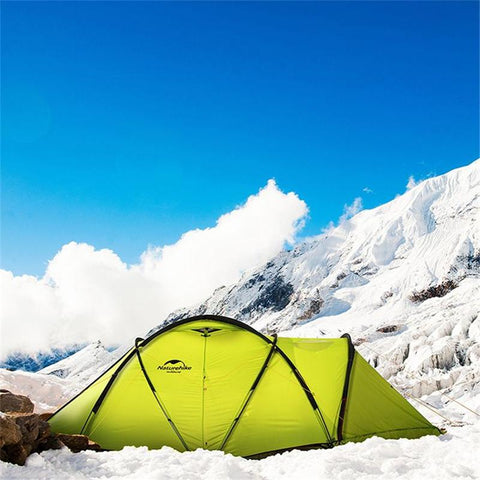
Your best bet is to throw away the tent's outer bag and use a large sleeping bag cover instead. When you collect it, you don't have to fold it. Just put it into the sleeping bag cover like a sleeping bag. If you want to save the volume, add a sleeping bag compression belt to the outside to reduce the volume. In this way, the closed sleeping bag is transformed from the original long tube into a ball, and it is easy to arrange the position in the backpack.
Another advantage of this is that the position of each fold is random, and if it is simply folded for the sake of beauty, it can only be received in the original tent bag if it is folded well, then the position of each fold is Fixed, over time this part is prone to aging first. After the tent is settled, the remaining tent poles are much easier to talk about. It is easy to store it vertically in the backpack or hang it outside the backpack.
The rougher tent bottom will scratch your hands when you put it in, It is better to fold the inner tent a few times and put it on the sleeping bag in the backpack. Damaged; the outer tent is lightly placed on the items in the backpack, it is waterproof, it can be quickly pulled out when it rains and used as a poncho, and the tent bag can be used as a moisture-proof cushion cover. Stuff it and hang it outside the backpack, you can rest assured and save some money.

2. Slope
Here is a situation that is often encountered when hiking on an ascending route. Under normal circumstances, it is still possible to find sloping flat ground on the slope. If you can't find the third and fourth points, the key is that the friction between the sleeping bag and the moisture-proof pad is small when sleeping at night, and people will slide down. When you are older, you can't fall asleep.
Adapting methods:
- When building a tent with two people, choose to set up camp with two trees that are close to each other under the tent. If you don’t put two big rocks below, put your backpack in the middle of the trees or rocks, so that you can sleep with your head facing at night. On the top, step on the backpack at the bottom to fall asleep, in fact, people fall asleep half-standing in this way
- If it is better for one person, choose to put the tent on the side of the tree or stone when camping, and place the backpack in the middle of the tree or stone, so that the overall weight of the person is pressed on the side of the backpack, and the side sleeps alternately at night. Guarantee better sleep effect.
3. The tent pole is not there
This possibility is that the tent and the tent pole are separated, sometimes they are not brought, and the most common is that the tent pole is broken and damaged. In this case, everyone should be clear that the tent pole is actually a few pieces of cloth.
The poles that play a supporting role, if you are not camping in snowy mountains and strong winds, the strength requirements are not very large, so it is easy to find alternatives in the wild, the best is bamboo, which has toughness and strength.
When you arrive, use a knife to cut a wooden branch with a similar length. The principle is to find new branches instead of old ones and wet branches instead of dry ones. Such branches have greater toughness.
---Naturehike Tent Accessories( tent fly , inner tent, footprint )
---Naturehike Various Tent Pole Accessories
---Naturehike 420 SS Durable Tent stakes

4.The camping area is too small
Of course, it is smaller than the bottom area of the tent or there are too many rocks at the bottom to clean up. This situation is more complicated and should be used flexibly according to the geographical situation at that time.
- If the bottom is not flat, and there is no thicker floor mat, it is easy to break the bottom of the account. In general, you can find dry grass or leaves to spread to the bottom to fill it.
- If the camping area is too small and cannot be cleaned up, there is no other way but to open the tent and sleep in any place. The key is not to hang the bottom of the tent in the air to avoid crushing the bottom cloth.
- If there is only one flat ground, but there is a large rock protruding in the middle, obviously if you press the tent directly on the rock, the hanging cloth will be easily torn.
- The method is to tighten the tent rod as much as possible when supporting the tent, or even find a few stones to press the tent rod to make it bend more widely. The cloth will not collapse very tightly after being placed on the stone below. Of course, if the bending is too large to be afraid of breaking the tent pole, you can replace it with a branch as above.
5. Stone crevices, caves, and rocky hills
This kind of situation is extremely bad, that is to say, there is no place to camp at all. The first function of tents is to prevent rain. If there is no rain, can we not camp?
Second, it has a certain thermal insulation effect. If your sleeping bag can meet the temperature requirements, why do we have to camp and sleep like this? Of course, sometimes there is small Insect harassment, not very serious, but bear with it. If the weather conditions are also extremely bad, first wrap the moisture-proof pad and sleeping bag in the inner account.
Of course, try to leave as much space inside as possible, and put clothes or some items on the top of the head, so that the cloth on the head can be supported to facilitate breathing, and then Cover the outer account on it, and a rainproof, warm and insect-proof nest is set up.

Summarize
I believe there are other ways. Of course, the most important thing is to make the plan as detailed as possible every time you travel. You must consider the water source, the campsite, and the number of people in the team. Think of difficulties and accidents ahead, and don't panic when the last situation arises. The situation of camping in the harsh environment in the wild is more complicated.
It is necessary to adopt measures to local conditions according to the geographical environment and use them flexibly to ensure a high-quality sleep and reserve good physical strength for the next day's mountaineering.
Related Ariticle:
How to go camping for the first time?



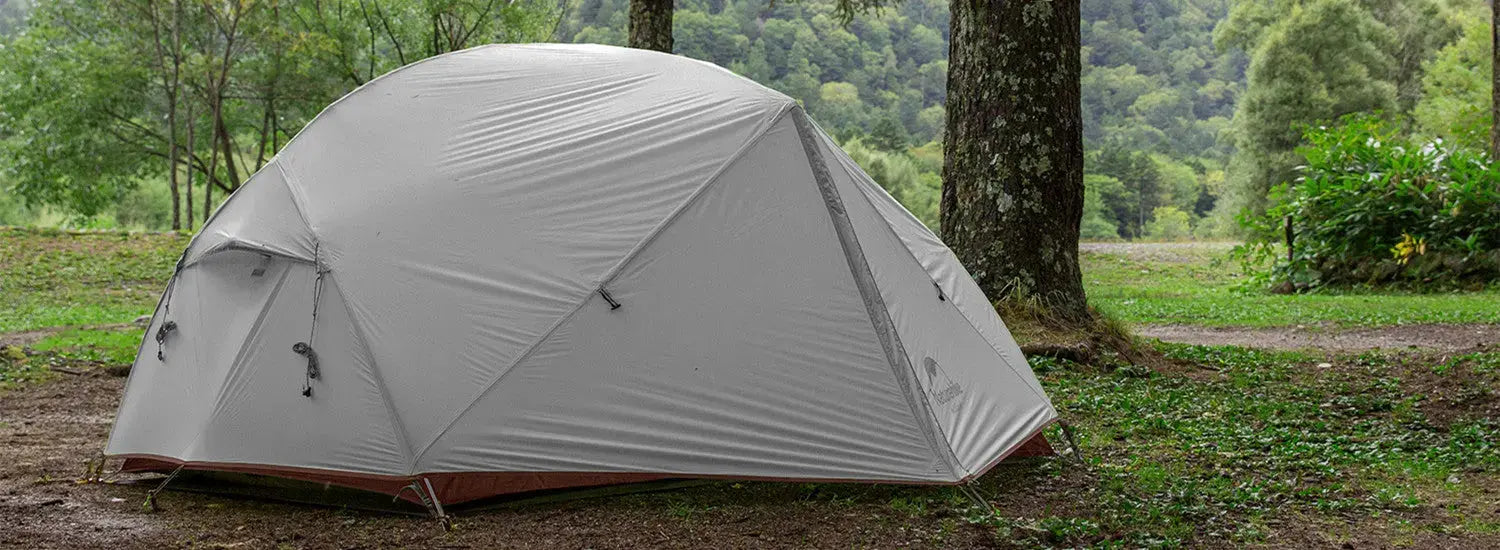
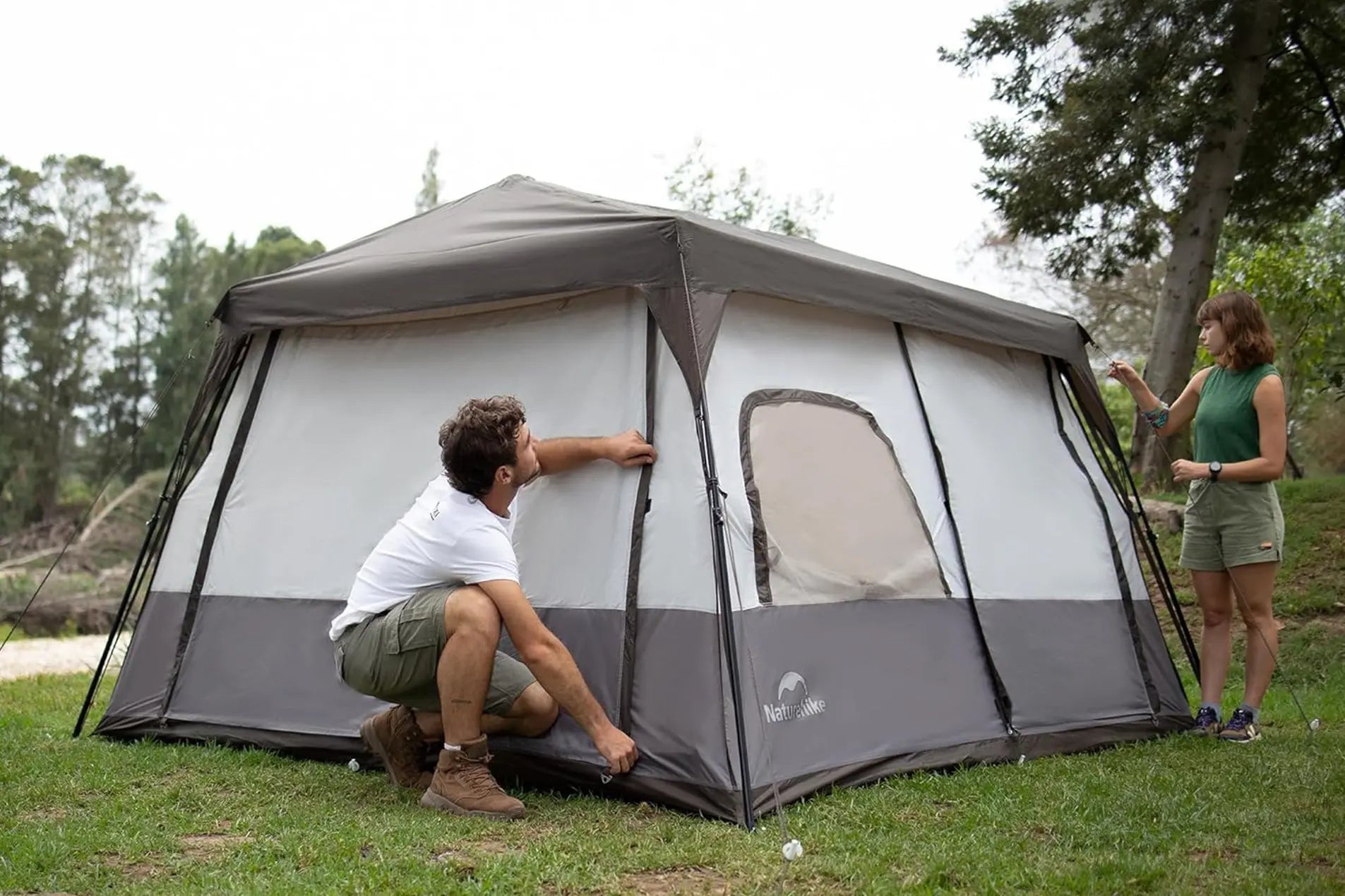
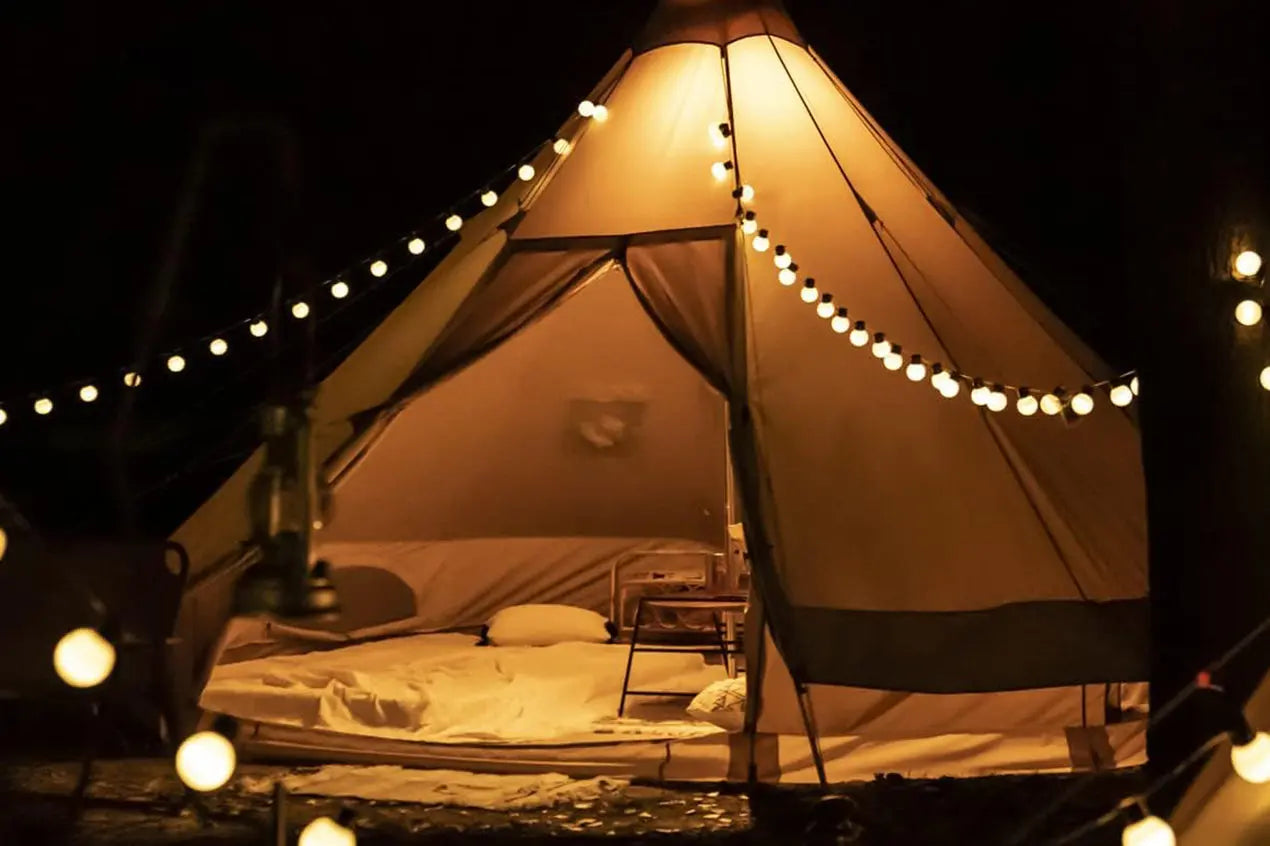
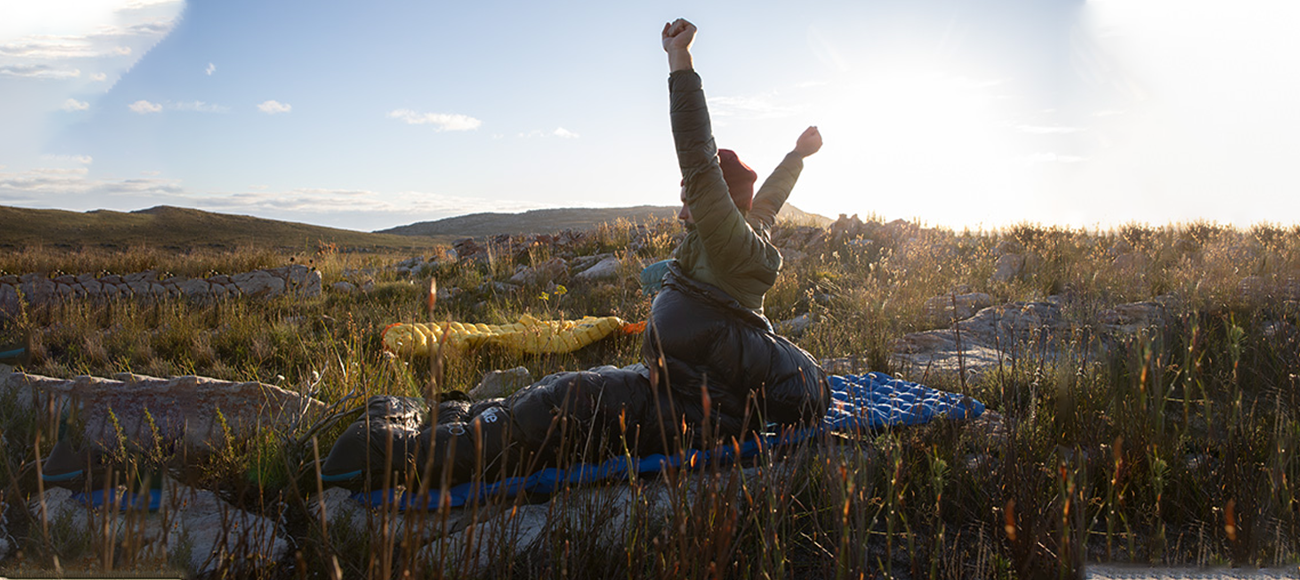

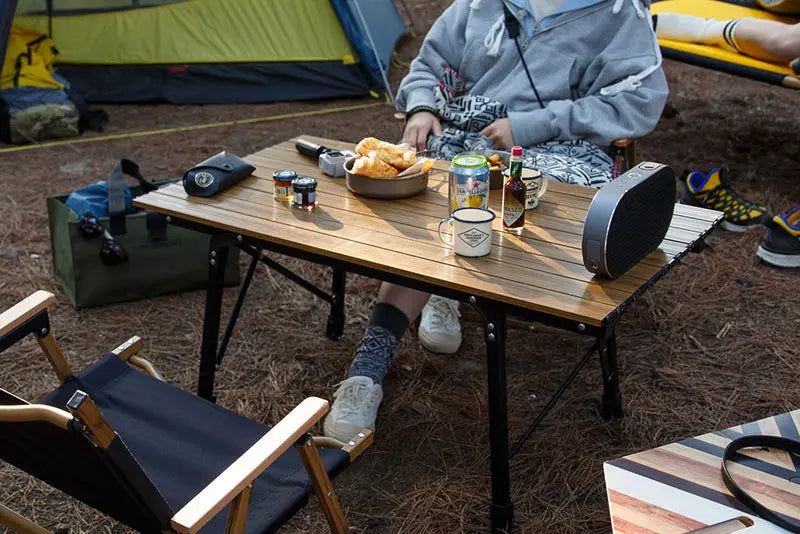

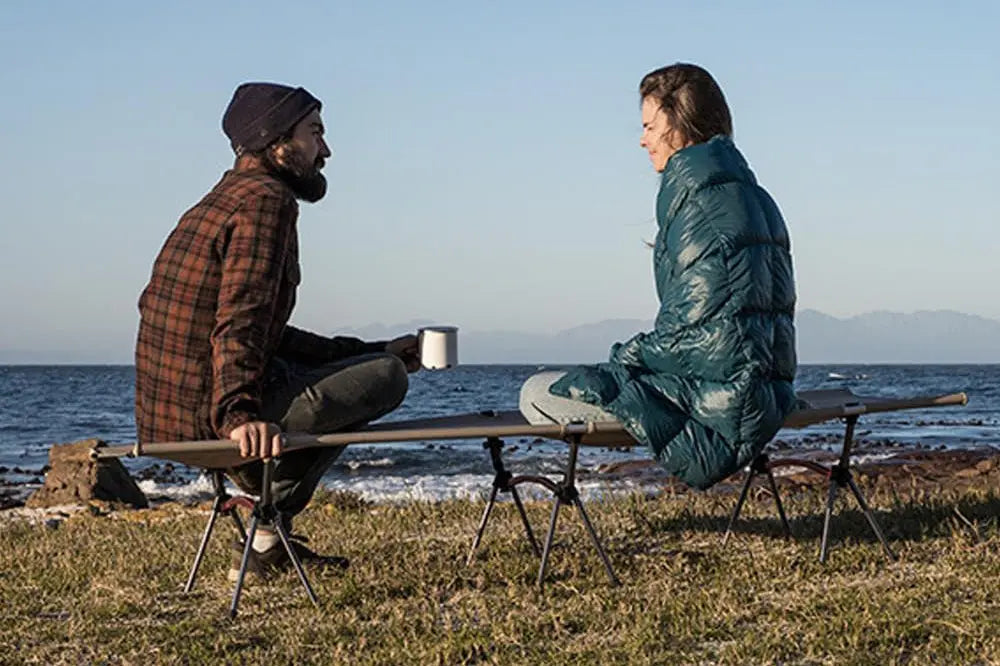
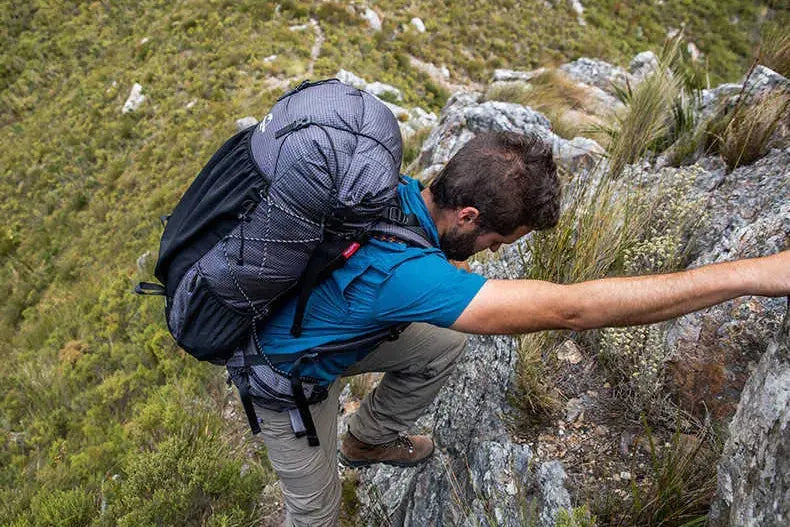


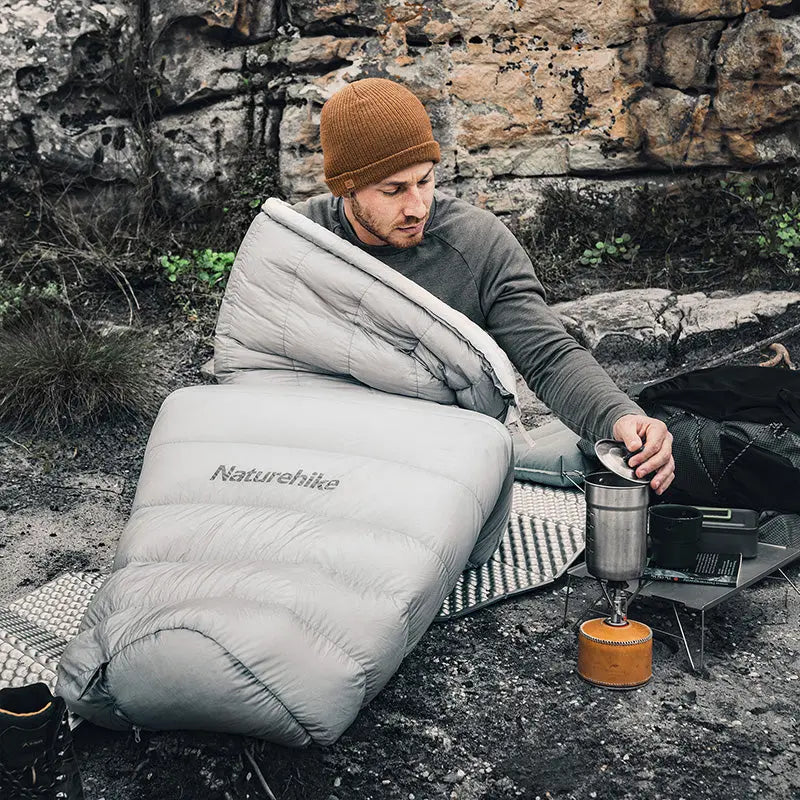

Leave a comment